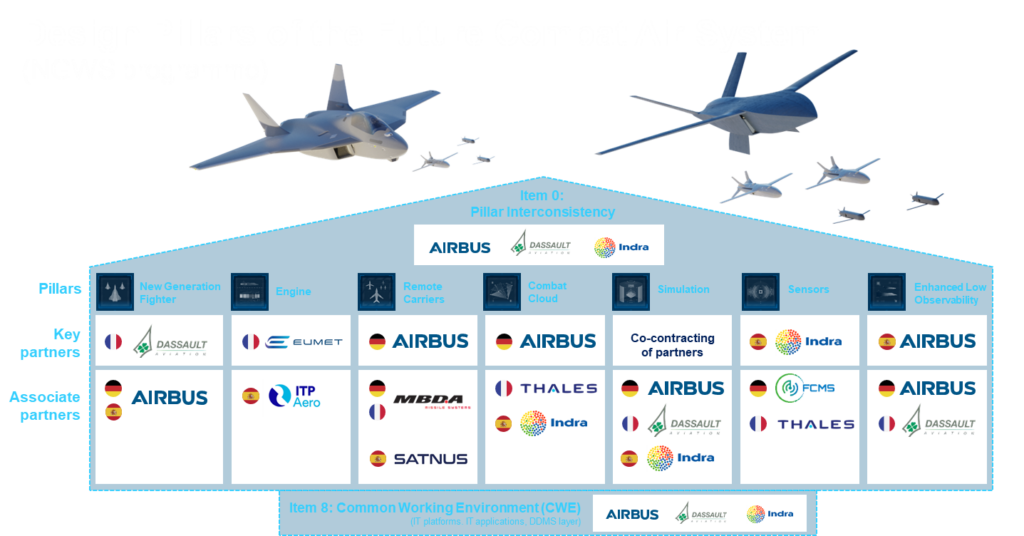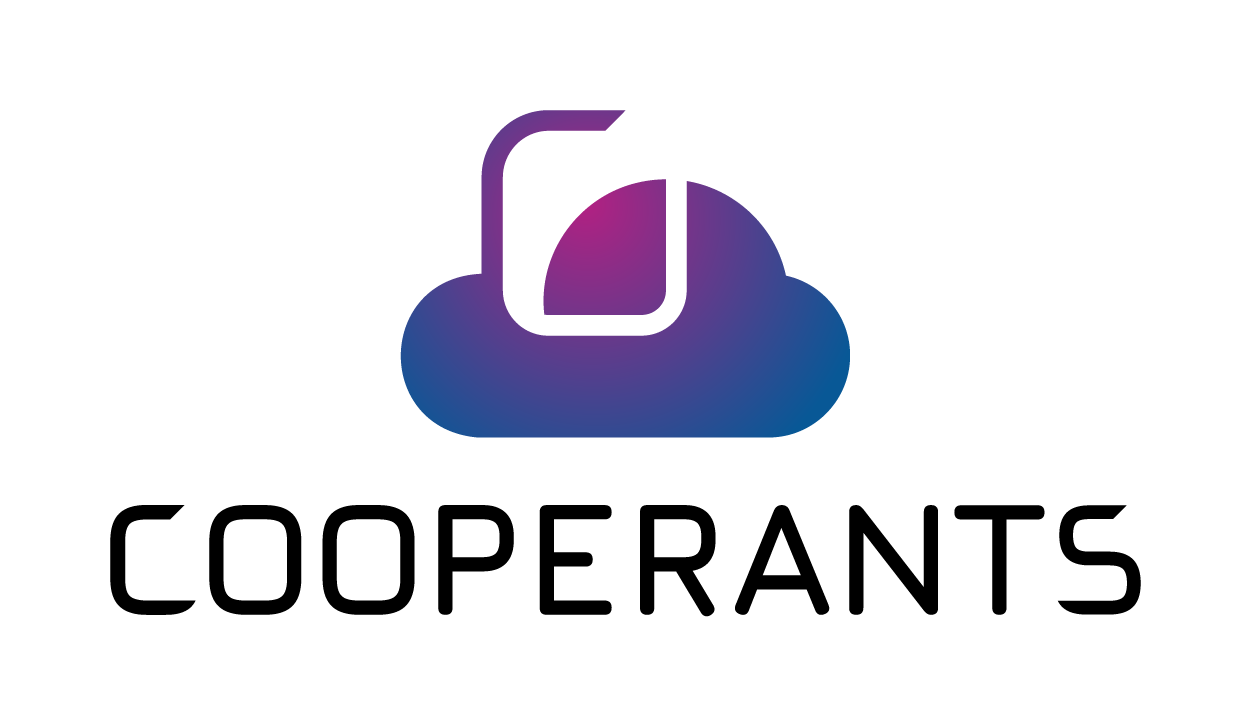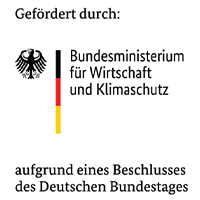Collaborative Processes and Inter-CEC Activities
In the DLR pilot, optimized user processes for collaborative spacecraft design in interconnected Concurrent Engineering Centers (CECs) will be demonstrated by the end of 2024. Concurrent Engineering emphasizes a simultaneous, integrative approach to product development, where different disciplines and phases of the product lifecycle are addressed in parallel. User processes include activities such as:
- Creation and presentation of an integrated mass budget,
- Collaborative domain rounds,
- Splinter meeting organization,
- SCRUM in the CE process,
- Collaborative cost estimation in the (MB)SE environment,
- Conducting a formal review.
An example of the content is the simultaneous collaborative design of an asteroid mission. The system of the mothership will be considered at OHB’s CEFO, while a small landing payload will be designed at DLR’s CEF. Services such as data exchange between the models in “Comet” and “Virtual Satellite,” data visualization in dashboards, and access to manufacturer component databases will be utilized.
Robotic Pilot
The DFKI pilot simulates a future robotic exploration mission on a moon or planet. It consists of the simulation of a robot on a planet (top left), a digital twin for telemetry data, and a control and visualization software for the robot (right). A central component in the GAIA-X context is the “Digital Robot Twin” service, which allows recording mission data and replaying it via a web-based control interface (prototype bottom left). The pilot aims to demonstrate and ensure that the developments of the Cooperants consortium are suitable for such future requirements.
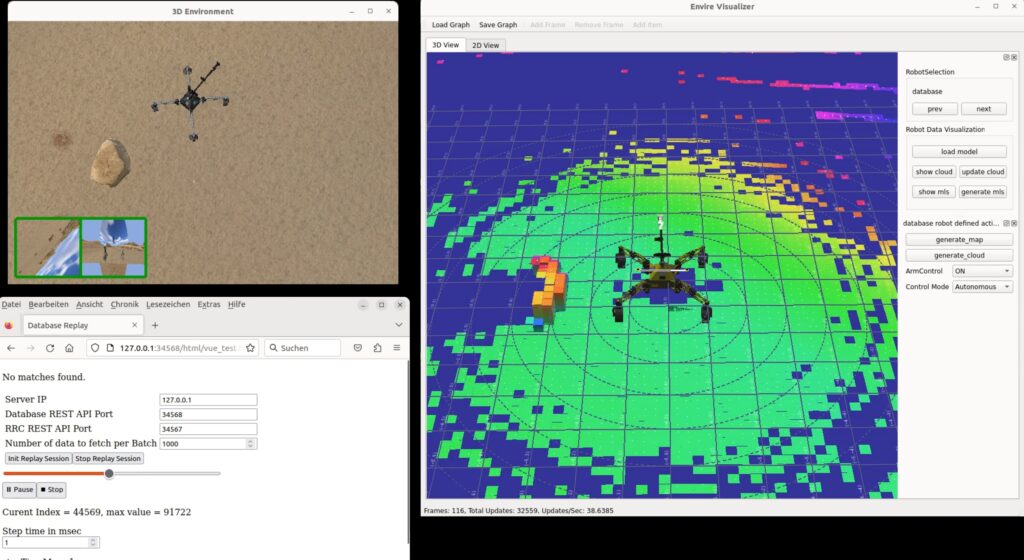
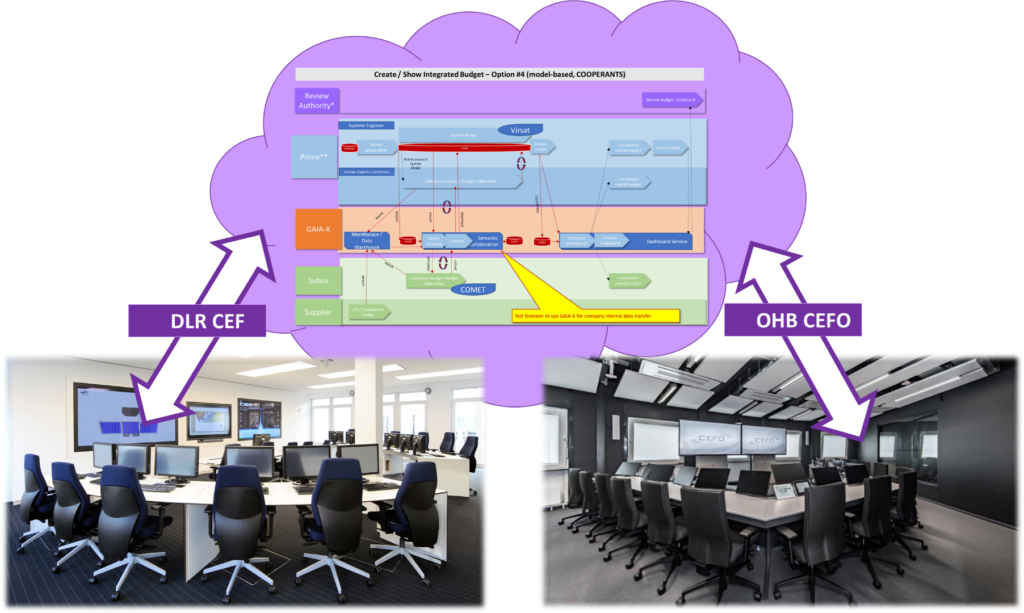
FLow Solver Pilot
Numerical flow simulation (Computational Fluid Dynamics, CFD) is a crucial key technology for the complete digital description and design of aircraft within a multidisciplinary simulation process. Therefore, it is an essential element on the path to the virtual product. Since highly accurate CFD methods result in particularly high computational demands, the efficient use of current and future high-performance computing systems is critically important. For this purpose, DLR is developing the CFD software from ONERA, DLR, and Airbus (CODA) within the framework of a European cooperation between research institutions and industrial partners.

Bartolomeo Pilot
Our Bartolomeo pilot project involves the International Space Station, where Airbus operates the Bartolomeo payload platform on the exterior of the Columbus module. Airbus provides an end-to-end service to support customers in implementing and commissioning their payloads. In this context, we aim to test how the smart services developed in the COOPERANTS project can support the collaboration between Airbus as the platform provider and its customers as users of the platform. The focus areas are collaborative project management, requirements management, and the exchange of design data.
Processes that were previously sustained only by the exchange of documents are now to be significantly simplified and accelerated through the sharing of structured data.
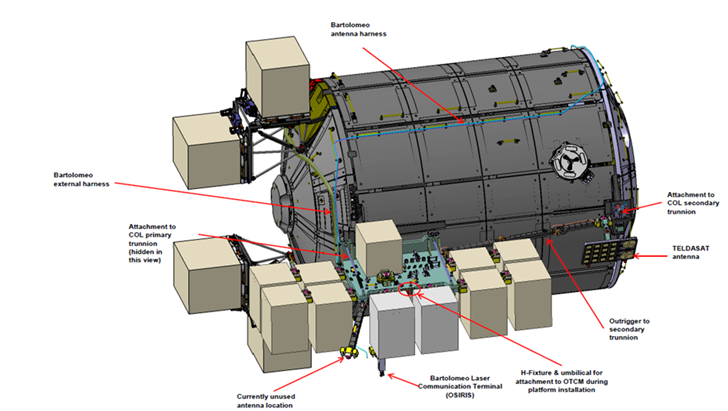
Dual Use Pilot
FCAS is a tri-national project between France, Spain, and Germany aimed at expanding Europe’s capabilities in military aviation. A key factor for the success of FCAS is the efficient collaboration between the various involved countries, customers, and companies. To facilitate this collaboration, a distributed digital working environment is being developed. This working environment consists of main and partner environments connected via a secure network. The goal of the GAIA-X pilot is to explore new possibilities to ensure interoperability between these distributed working environments using federation services and data spaces.
